The arrival of Asian American and Pacific Islander Heritage Month has come at a particularly difficult moment. It has been nearly two months since shootings at three Atlanta-area spas left eight people dead — including six women of Asian descent — and in AAPI communities across the country, pain, tears, frustration and loss continues to reverberate.
For many, the grief has been compounded by a growing sense of fear over facing violence or harassment in their own lives. Indeed, many already have. On the same day as the Georgia shootings, the group Stop AAPI Hate released a report documenting 3,795 "hate incidents" against Asian Americans between March 2020 and February 2021 — a figure the group said was likely a vast undercount.
To help understand these challenges, we invited a group of AAPI photographers to share their reflections on the violence and on what Asian community, culture and life really looks like. Here is what they had to say.
Eric Lee
For the last year, my ngin ngin (grandmother) and ye ye (grandfather) were confined to their two-story home to protect themselves from COVID-19. It felt strange to ring their doorbell and walk into where I spent many days after preschool. While it felt so familiar, it was also so different. There were no more birds in cages singing in the window, only plants and photos of my cousins Jen and Chrissy in their college graduation gowns. The lounge chair where my oldest cousin, Tabitha, taught me how to catch Pokemon on Gameboy was gone, replaced by a calligraphy station. The three '90s televisions with antennas were gone, replaced by one smart TV.
I worried about my grandparents because of how severe COVID-19 could be on the elderly. It was agonizing to hear that they made trips to Manhattan's Chinatown to buy groceries and food, even at the height of the pandemic. When New York State opened the vaccine distribution, my cousin Tabitha, who is the only one of us cousins to speak Toisanese (a dialect of Yue Chinese that is closely related to Cantonese), got them an appointment immediately. Finally, I could breathe, knowing that they were protected against the virus.
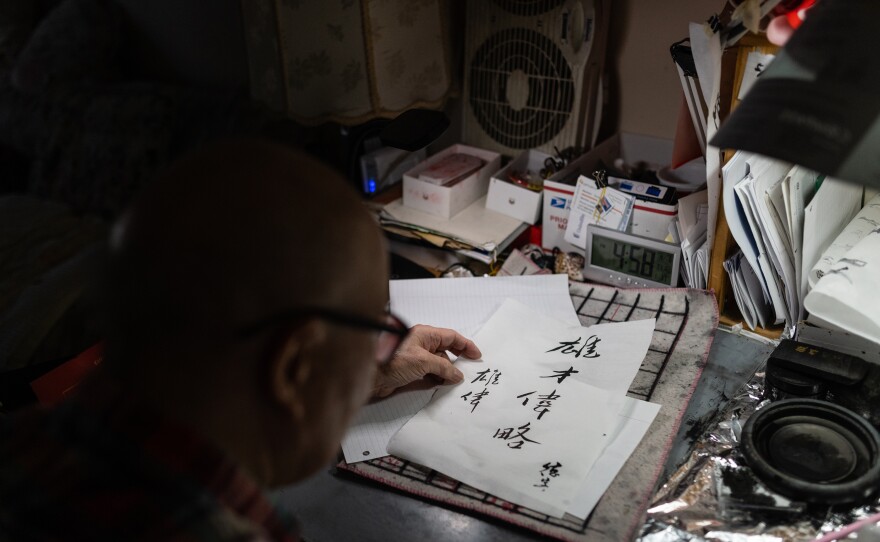
It was because of the vaccine that I could sit with them for a meal. Ngin ngin had been cooking all afternoon, gently boiling a soup with pork, mushrooms, and tofu skins. She set up the table with steamed fish and marinated steak. We ate and ate as my uncle shared some of our family history, ye ye's parents were paper sons (a term used to refer to Chinese people who were born in China and illegally immigrated to the United States by purchasing fraudulent documentation). Tabitha and I were excited that we are "more American" than we previously thought. Every few minutes were interrupted by ngin ngin. "Did you eat enough? Eat this. Do you want more rice? Here's the fish. More rice?" This is the way she knows how to show love, gently boiling pork, mushrooms and tofu skins all afternoon.
I left their house with a new worry in my mind — whether they'll be able to stay safe once again on their weekly trips to Chinatown, or anywhere in public. I now worry that someone will push my grandparents down in the middle of the street; or kick them in front of an apartment building; or punch them out of their walkers; or slash a knife across their face; or shoot them down at an Asian business. If hate is a virus, there is no vaccine.
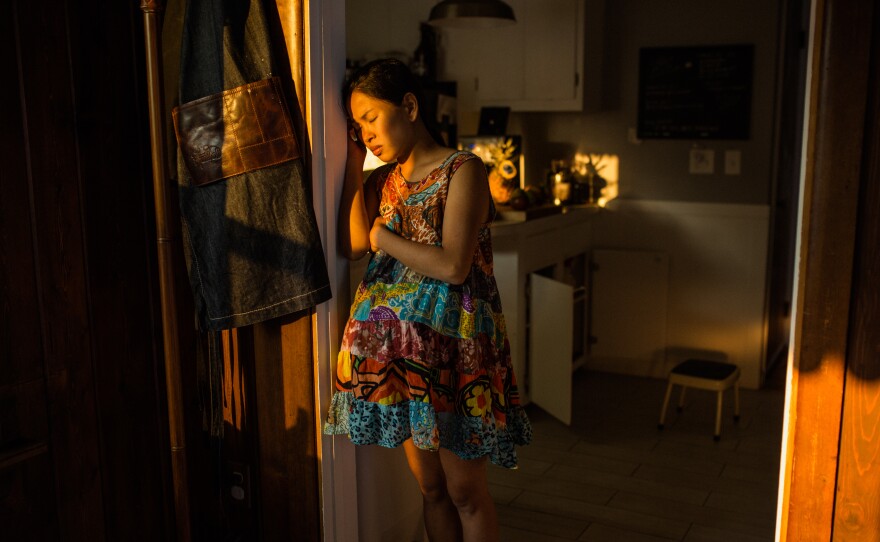
Rosem Morton
I walk down the street and hear mocking interpretations of my perceived native tongue. I go to work and endure underlying racial insults. I come home and learn about an Asian American life lost and another Asian face black and blue. I look to my community: heartbroken, weary, exasperated as we exchange expressions and ask, why?
Although I was interested in learning about others, people were not interested in learning about me.
I was born and raised in Manila, Philippines. I was in a society where everyone looked like me and spoke like me. I never needed to explain who I was and where I came from. When I moved to America, I realized that this was a luxury and a crutch. I knew nothing about people who were culturally different from me and they, in turn, did not know anything about me. I quickly learned that although I was interested in learning about others, people were not interested in learning about me. There were already dominant narratives dictating how others should view me.
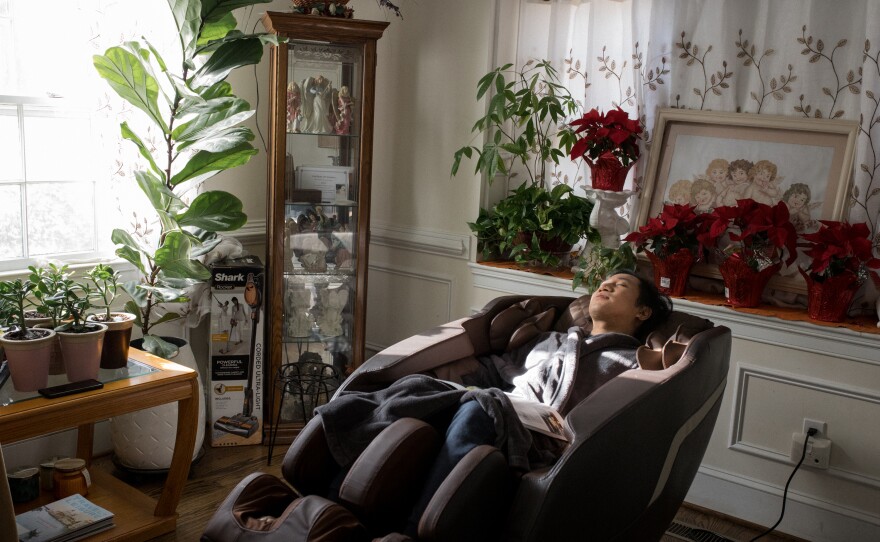
Asian Americans have been portrayed very poorly or not at all, kept on the fringes of society. We are seen as immigrants taking "American jobs." We are seen as a minority group so strongly holding on to Asian culture that we might as well go back to our home countries.
As an Asian American photographer, it has been challenging to explain to others how damaging dominant narratives have been and need to be challenged. Showing a wide range of Asian American stories, from a home birth in Michigan to parenting during the pandemic to health workers on the frontlines, is a way to challenge the norm. We are resilient, strong, hard-working and loving. I hope that people can come to know us and care about us.
Jessica Chou
The recent weeks have had me thinking of my late grandmother — whose main outings were her walks to the grocery store for our daily meals. It also has me thinking of the time my dad suffered from a hematoma when he was punched to the ground. When I drive through my usual routes in San Francisco where some of these recent attacks have taken place, I wonder about the people whose lives have been marked by these events. What leads someone to find satisfaction in attacking the most vulnerable in our community?
What leads to someone to find satisfaction in attacking the most vulnerable in our community?
It begs a lot of hard questions. What does it mean to be a person of Asian descent in America? What does it mean when we're asking to be seen?
I often think about my family's journey to the U.S. I think about the places they lived, the family saga that ensued, the racism and discrimination they faced — to which they always said we ought to pay no mind to — and just how invisible that history is. But to be seen would also mean unearthing some deeply buried pain — a story different from the ones we tell ourselves — that it almost feels easier to keep the lid shut. But when we see just how quickly our narrative can be hijacked and taken advantage of by someone with a "bad day," how do we just standby? How do we continue to keep our heads down and hope hard work will be the key to our recognition?

I was recently on an assignment for a story that centered on Asian families. In all my years working as a photographer, that was the first time I was assigned a story where the home was so reminiscent of my life growing up in the San Gabriel Valley. I had worked on stories like this for my own personal projects, but never for a major news outlet.
I was jolted by this realization when I stepped into that living room in all its rich clues and details to who we are, and yet I had forgotten just how little of it is ever reflected in the mainstream media. But being there and documenting a young girl as she finds her voice as an activist, who is supported by a very dedicated mother, I was moved. I had always looked to other communities for how they celebrated and advocated for themselves, and now I get to see this through someone who reminds me of myself.
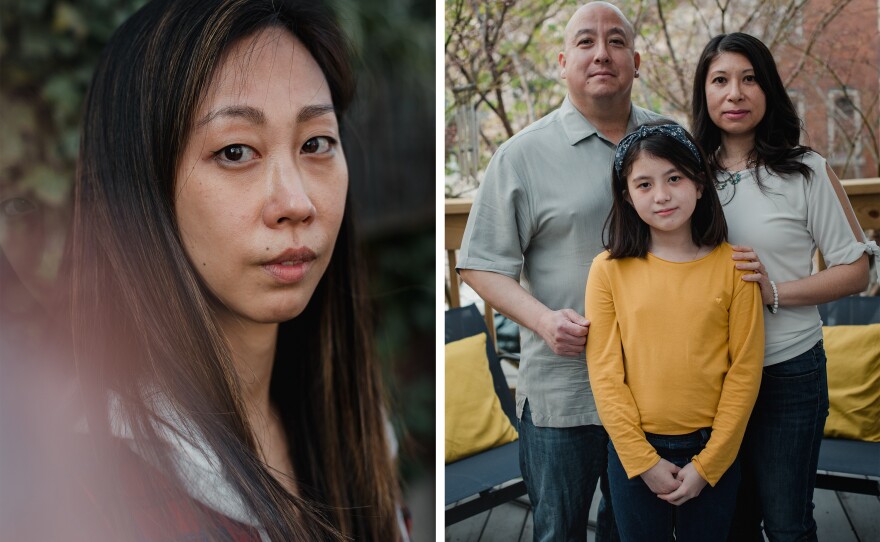
Hannah Yoon
When it comes to exploring my identity as an Asian person, it feels safer to explore it through questions rather than conclusions.
What does it mean to be Asian? How can I, and should I, qualify my Asianness? Who am I doing the work for?
We are an integral part of this country.
What does it mean to be an Asian photographer? I often feel like I am challenging my place in the industry, while also trying to claim space with the stories I tell. I don't even know if I can call myself an Asian photographer, because I don't want to feel like I represent all Asians.
This label of being Asian can, at times, feel restrictive and limiting. There can often be a type of gatekeeping within the Asian community of who belongs and who doesn't. And this is based on how others see us, whether I choose to identify as something or not. We look for certain markers that make someone "Asian enough." But do we need qualifiers? I want to push against the boundaries of what it means to be Asian. We aren't a monolith, and the term "Asian" is more about a region than it is about race.
I think for a lot of us in the AAPI community, we've been having conversations about our identity internally and among one another, but more recently it seems like it's become a more public and outward discussion. My hope is that this can be a sustainable and ongoing conversation. Not in light of trauma or tragedy, but because we are an integral part of this country.
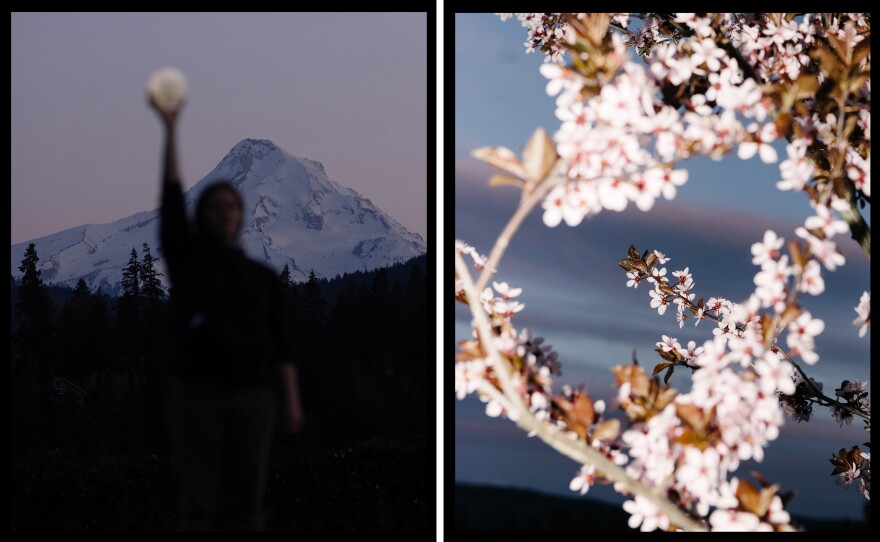
Will Matsuda
What needs to happen to fight back against the violence? The answer is certainly not the vague and aimless slogan #StopAsianHate, which frames this racism in the most neoliberal terms — as the result of individual choices rather than centuries of American imperialism, racial capitalism and misogyny.
We are in the middle of a new round of "hashtag activism" and social media statements denouncing the violence. It seems like every ad I see on YouTube or TV has an Asian person in it now. Is an Asian family in a car commercial going to have any material affect on the lives of Asian people in America? Probably not. And in the photography industry, the same insidious reliance on representational politics has resulted in a brief moment where Asian photographers like myself are getting hired more to tell Asian stories. That is a good thing, but it is not enough. More than seeing people who look like myself on screen or behind the camera, I want the redistribution of money and power.
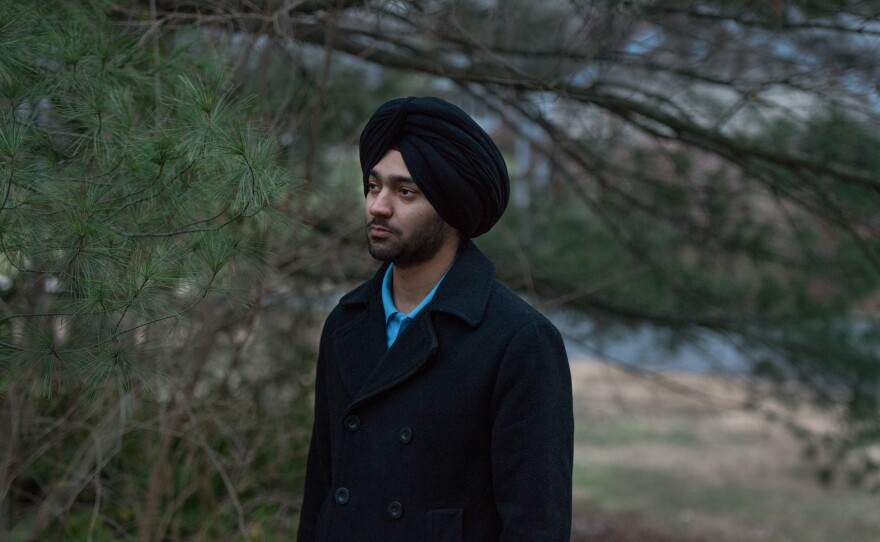
Neeta Satam
Each time I heard of Asian hate crimes through the pandemic, I felt very anxious, and then found myself thinking about the time when I first arrived in the United States. In less than a month of my arrival, the World Trade Center was attacked, and I saw the world around me change in ways I never imagined.
No matter what one may have contributed to America, people of Asian descent are often viewed as perpetual outsiders.
One afternoon on my walk back from campus, a truck slowed down by me, with a man screaming at me. "Go back to your country," he yelled. Sadly, that was not the only time I have heard those words in 20-years of making America my home. But I am lucky to have not experienced physical violence.
I am glad that the mainstream media is reporting on Asian hate crimes. However, we don't see as much reporting on the tacit racism people of Asian descent face in America in day-to-day life. No matter what one may have contributed to America, people of Asian descent are often viewed as perpetual outsiders.
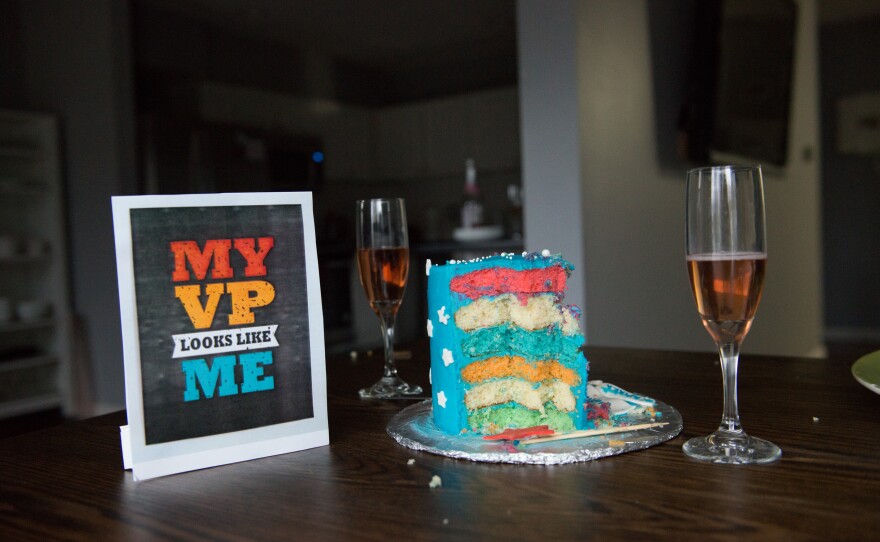
The anti-Asian sentiment has been around from the time the first Asian immigrants arrived. The discrimination continues generations later, taking a physical or a psychological toll on the community. These implicit biases take violent forms when America faces turmoil like war or a pandemic. At the same time, the unconscious inequality people of Asian descent face daily takes a tremendous psychological toll on them. A lack of discussion on these issues makes the community seem invisible in the national debate on inequality.
It isn't easy being a visual journalist of color in an industry that white men have historically controlled. It's particularly challenging when one is an immigrant. I waited for 12 years to switch my career to photojournalism as my visa status limited my ability to change professions and still maintain my U.S. residency. I feel that the general public is unaware of the dominance of white visuality. But, finally, photojournalism is having its moment of reckoning about diversity, inclusion, and myriad perspectives. BIPOC [Black, Indigenous and people of color] visual journalists are getting more opportunities, but are often being pigeonholed to cover soft stories or their communities. Not only that, you seldom see BIPOC photographers covering conflicts or stories about conservation. I am looking forward to a time when BIPOC visual journalists are given a wider variety of work.
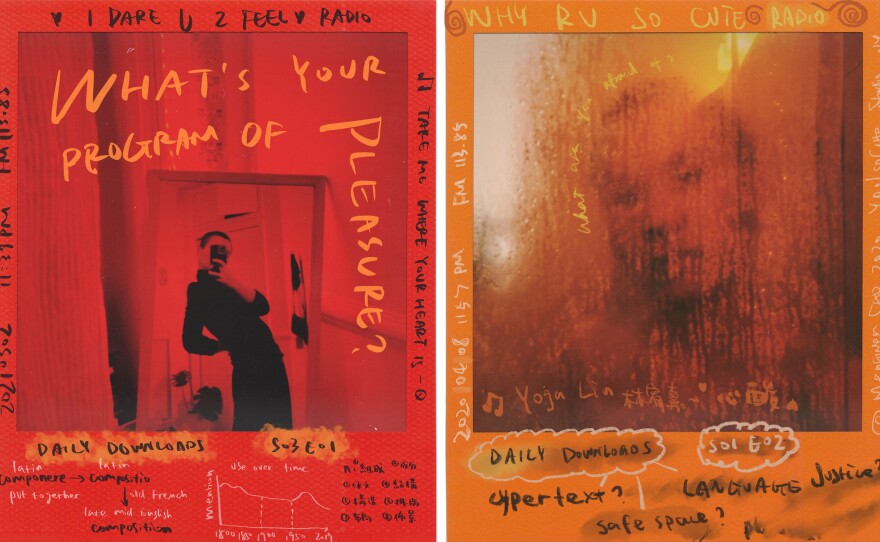
Mengwen Cao
What if we deserve love just by being? What does it feel like to be safe and spacious? How do you celebrate life with ease and joy?
It's my ninth year living in the United States as a queer Chinese immigrant. I'm grateful that this country has witnessed many of my wildest dreams come true. At the same time, my survival instinct has conditioned me to keep proving my worth in this world that labels me as "the other," or in the official designation of my visa: "alien of extraordinary ability."
I refuse to internalize the hate placed on me and my community.
A loved one recently reminded me, "Nobody's trying to hurt you." I was so stunned by this simple assertion that I burst out crying. I'm remembering the default of life as I return to my ocean-like breath, birds chirping outside of the window, my cat's snoring with her soft fluffy belly facing out, my friends' delicious home-made wonton soup with century egg and pork filling, my family's warm voice-messages from China. I refuse to internalize the hate placed on me and my community. I will keep planting seeds of care and love.
Turning the lens inward in this period is my quiet resistance against violence and discrimination. I know I need to extend compassion to myself so I can spread it to others. I use image creation as a container of time where I place a tender gaze at myself over and over. I'm reclaiming my culture and my multiplicity. It's OK to not be easily legible. It's encouraged to be uniquely complicated and constantly transforming.
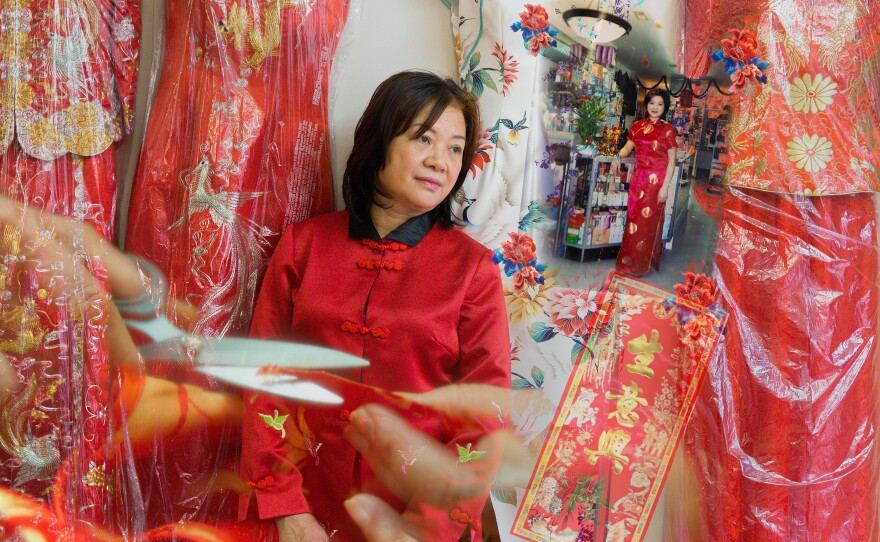
Shuran Huang
Solidarity within the Asian community is more needed than ever. The killings in Georgia that took away six Asian women's lives have left me in pain, vulnerability and numbness. Some of these women said goodbye to their families back in homelands decades ago and now will never get an opportunity to visit their loved ones again. The country where they had lived and worked claimed to provide them with a beautiful American dream. Yet, the American dream also killed them.
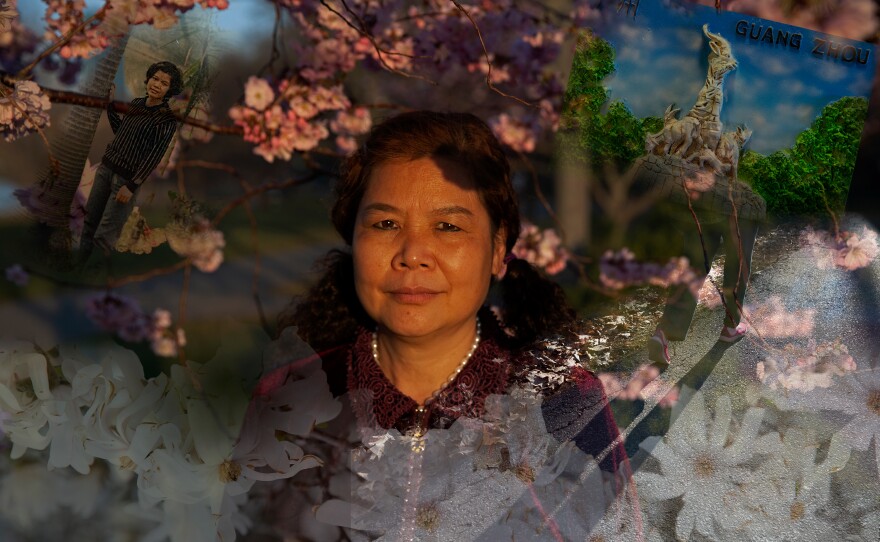
Resilience, according to Merriam-Webster, is "an ability to recover from or adjust easily to misfortune or change." I've met many incredible first-generation immigrant Asian women like them who gave up everything and even sacrificed their health to serve other communities in this country. They get up in the morning and work thanklessly, however, still live with dignity and never stop loving and giving. This resilience is beautiful.
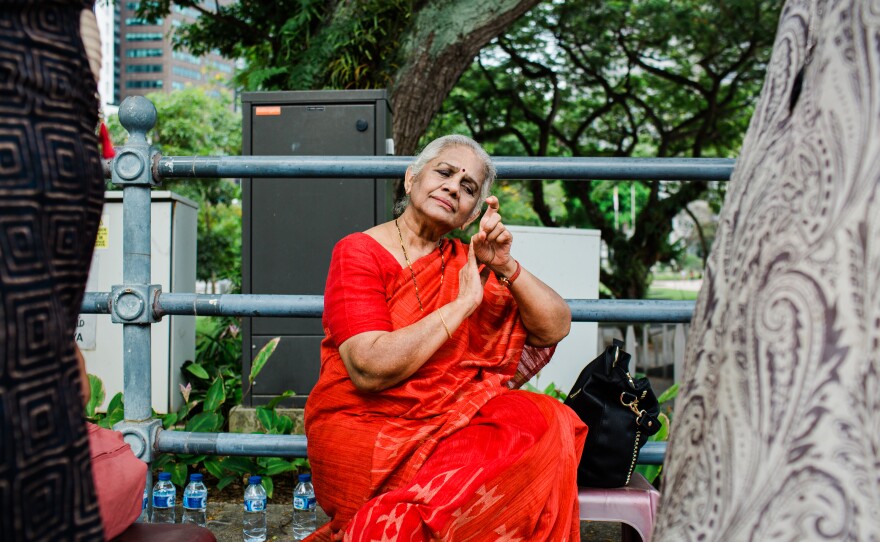
Gabriela Bhaskar
At home, my grandparents told me that our art is ancient; that Bharata Muni wrote the Natya Shastra in the first century BCE, but maybe the third. They told me that the dance and music my mother and grandmother taught me is rooted deep in the history of our ancestors, of a land we had to leave.
They taught me that the root of the art is divine, and despite its fraught history, the gift of the arts should be shared with every person with a passion to learn. That showed me in their practice that art should be made and critiqued for its aesthetics and skill, but that ethics and humility come first.
They taught me that our art can be used to craft performances on feminism, technology and quantum physics. My grandmother and my mother's work exemplify that steps, gestures and expressions are a language to write stories.
They showed me pictures of movie star great aunts, fed me colorful feasts and took me to ceremonies dripping in gold, silk, flowers and perfume.
They taught me I will spend a lifetime learning my art without ever mastering it. I needn't go to the temple to reach enlightenment. Simply practicing my art is divine.
Outside, you listen to our music, with 72 distinct scales, and say it is harsh on your ears. You tell me that the art is unrelatable. Ballet is more approachable.
You yell gibberish at me in the hallways at school after I share our Dravidian and Sanskrit songs, so rich in complexity that in 2021 my heartache and love is encompassed by the words of a man born centuries ago.
You ask me to show you my dance, just a few steps, please, like I'm a monkey in a circus, here to entertain you.
You tell me to take pictures of my people only destitute, poor and sad.
Outside, we continue to dance, to sing, to create, never for you, always for us.
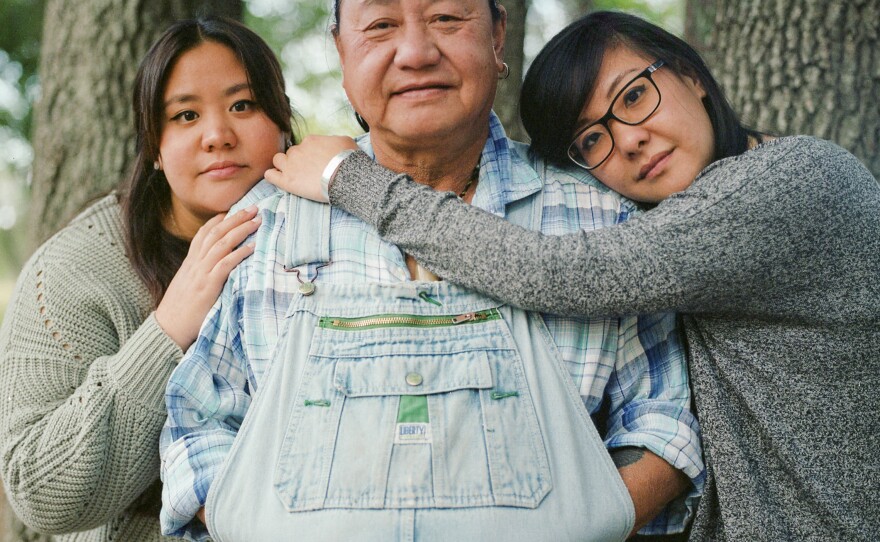
Lizzie Chen
My father, Marlon Chen, immigrated to the United States in the 1980s from Taiwan. From opening the first Chinese restaurant in Pecos, Texas in 1985, which closed nine months after opening, to owning a bonsai and rock shop off a state highway outside of Austin, he always persevered through challenges.
For many years, it was just my father raising me and my sisters. Growing up, he never told us that he loved us, but we felt his love through cooking. It was comforting to eat his homemade lu rou fan (braised pork belly) that he spent hours on.
When the pandemic first started, I immediately started worrying about my parents. I worried about their safety, that they might catch COVID-19 or that they might encounter slurs or hateful words they wouldn't understand. The pandemic and recent Texas winter storm have been hard for my father, who's had to manage to keep his small business afloat and deal with a storm that flooded his aging house. When the tragic Atlanta shooting happened, I was grateful to be with my family that week. My sisters and I cherish the time we have with him. He protected us growing up, and now we feel an obligation to protect him.
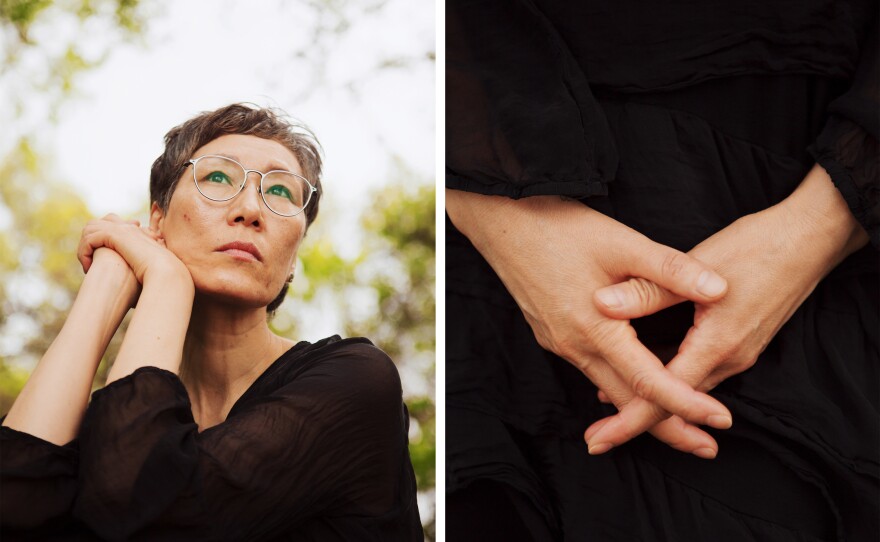
Mary Kang
Jeong is a Korean term that is defined as "a type of deep-seated love which can be directed to all, living or not." To expand, it can be both simple and complex. It includes feeling, love, sentiment, passion, human nature, sympathy, heart as well as basic feelings such as attachment, bond, affection, or even bondage. In essence, Jeong refers to the emotional and psychological bonds that join Koreans. The uniqueness of this phenomenon lies in its ubiquity and its source: the collective nature of Korean society.
We have to nourish each other.
For Koreans who've endured much political turmoil throughout the entire history of the nation, extending Jeong to each other has been a necessary form of survival skill and self-preservation, and ultimately a revolutionary act of mutual aid and collective care.
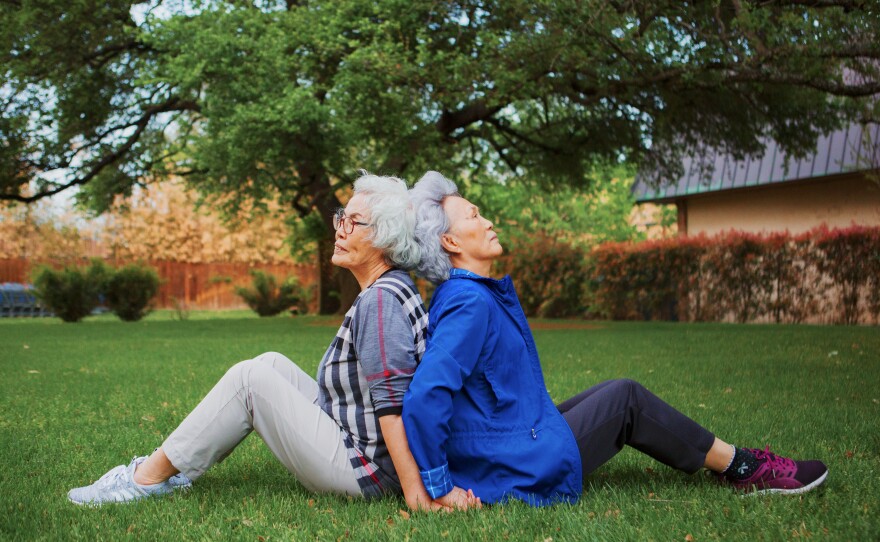
During this wave of violence against Asian American and Pacific Islanders, I, as a Korean American, can only think of this form of survival that sustains us as a way to not lose heart. When I feel Jeong, it helps me to not be led with fear in this country. I consider acts of kindness and loving gestures that uncover, reveal, and lay bare hope as a practice of harm reduction.
Xueying Chang is a Chinese photographer based in Washingon, D.C. and a visuals editor at NPR. Follow her on Instagram at meltingsywe.
Janet W. Lee contributed to this story and she is a podcast production assistant at NPR .
Copyright 2023 NPR. To see more, visit https://www.npr.org. 9(MDAzMjM2NDYzMDEyMzc1Njk5NjAxNzY3OQ001))






